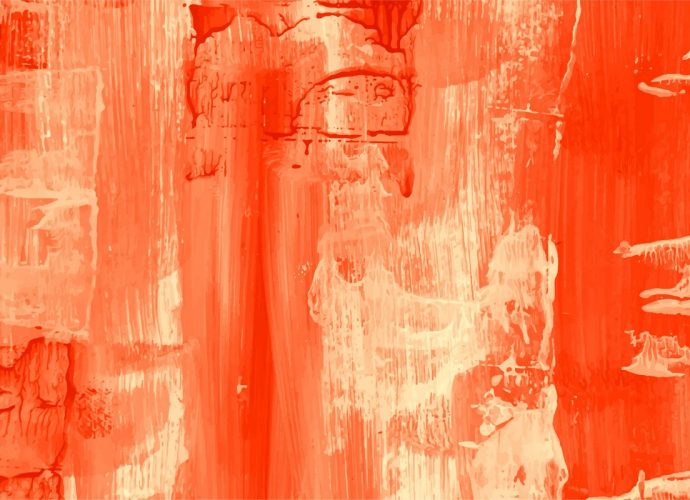Is Telomerase On The Leading Strand?
Telomerase adds complementary RNA bases to the 3′ end of the DNA strand. Once the 3′ end of the lagging strand template is sufficiently elongated, DNA polymerase adds the complementary nucleotides to the ends of the chromosomes; thus, the ends of the chromosomes are replicated. What sequence does telomerase add?Read More →




